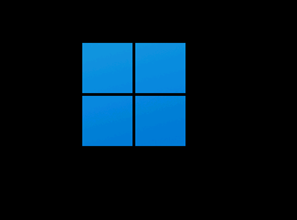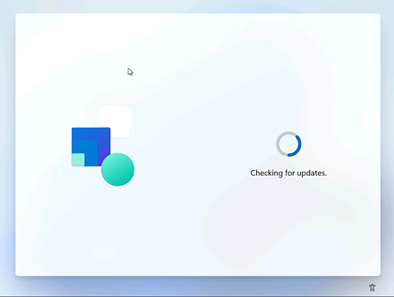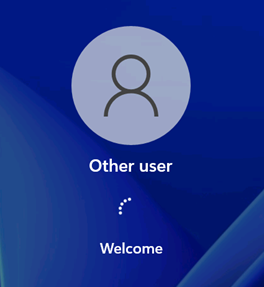If you take a closer look at some Autopilot deployment workflow for modern workplace you get unsure how this should be more simple over long strategy?
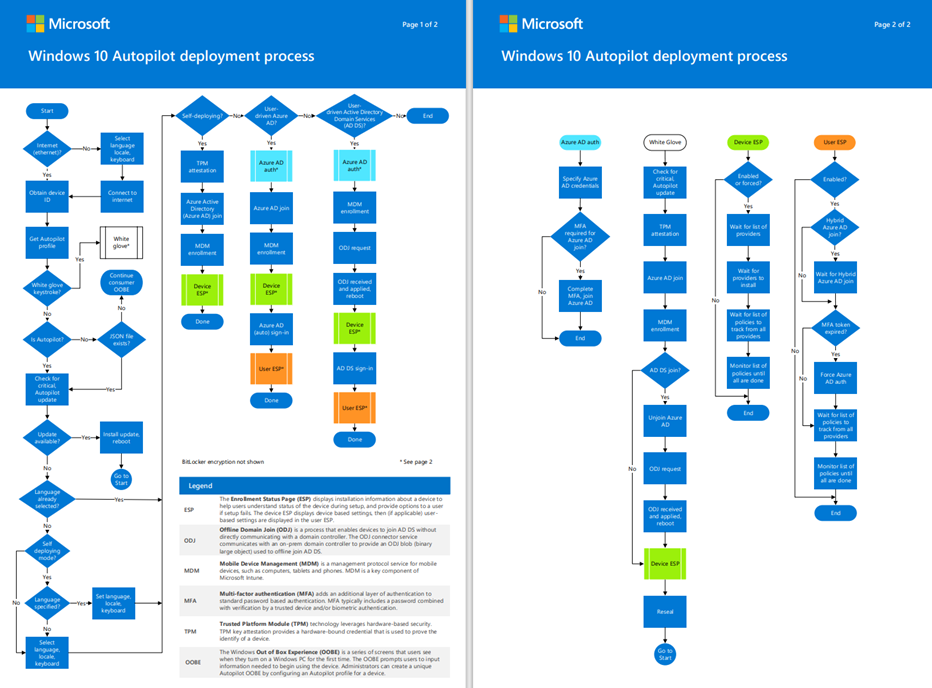
If you compare the workflow to some SCCM version? Well Autopilot already needs two pages correct? 😉
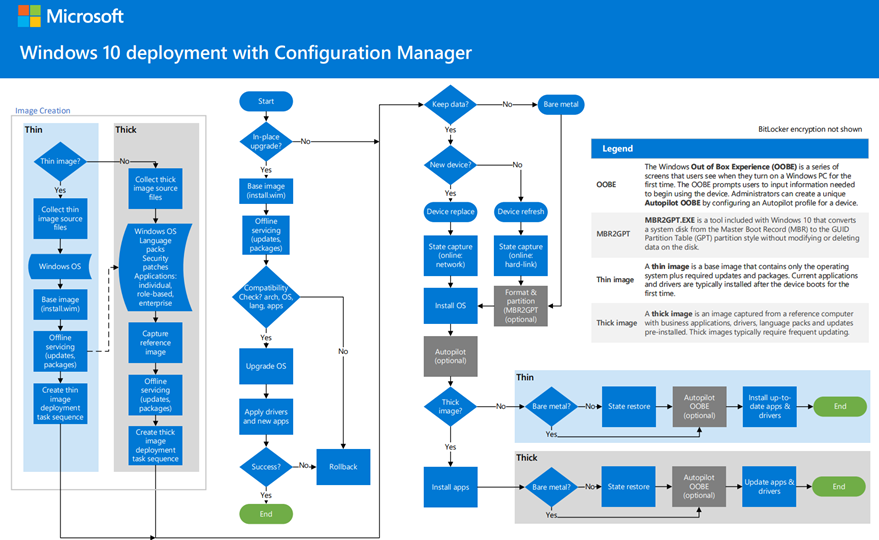
In the past Microsoft has supplied the endcustomer free tools like MDT Microsoft Deployment Toolkit which worked very well if trated right and with expertise.
Let’s begin with MDT, a stalwart in orchestrating OS installations. Picture a scenario where a system arrives from a supplier with a predefined OS configuration, perhaps a single C: drive, and your vision encompasses a more intricate setup with both C: and D: drives. MDT, with its granular control, allows for the fine-tuning of partitions and a tailored OS installation. This capability is invaluable, especially in enterprise settings where standardized configurations might not align with the organization’s unique needs. Also if you have hardware modell with two disk like Dell high end workstation laptops and you want to fix that problem in deployment. MDT is the way to go.
Moreover, MDT caters to scenarios where the supplied OS version doesn’t meet organizational requirements. Maybe Windows 11 is the default, but your enterprise ecosystem demands the reliability of Windows 10. MDT steps in as the solution, offering the flexibility to choose the specific OS version, configure partitions, and craft an installation that aligns seamlessly with the organization’s operational requirements.
Transitioning to SCCM, it stands as a powerful counterpart in the OS deployment landscape. In contrast to MDT’s focus on agility and simplicity, SCCM brings a robust set of capabilities that shines in larger enterprise environments. The comprehensive feature set includes intricate configurations, compliance settings, and detailed reporting, making it the go-to solution for organizations with diverse and sophisticated IT infrastructures.
For a moment, consider the scenario where a fleet of systems requires a standardized OS deployment, complete with specific configurations, applications, and updates. SCCM excels in orchestrating these complex scenarios, ensuring a consistent and compliant deployment across the enterprise. Its ability to integrate seamlessly with M365 and Intune further extends its reach into the cloud, offering a unified management experience.
In the nuanced landscape of OS deployment, SCCM and MDT emerge as a dynamic duo, each playing a distinct role. MDT caters to scenarios demanding agility, simplicity, and precise control over the deployment process. SCCM, on the other hand, steps into the spotlight for large-scale enterprises, offering a comprehensive suite of tools to manage complex deployments with finesse.
As we explore the capabilities of MDT and SCCM, the narrative will unravel the layers of complexity inherent in OS deployment strategies, showcasing the synergy between these tools in crafting environments that seamlessly align with organizational needs. The journey from a clean disk to a finely-tuned system becomes not just a process but an orchestrated symphony of deployment tools, each contributing its unique notes to create a harmonious IT landscape.
Cloud Attach: Bridging SCCM and Intune

The advent of Cloud Attach is a game-changer in the realm of SCCM, seamlessly bridging the on-premises SCCM solution with the expansive cloud ecosystem of Microsoft M365 and Intune. This transformative feature simplifies the integration process with just a few clicks, offering a streamlined and efficient way to connect SCCM to Intune.
The key advantage lies in the ability to extend the reach of SCCM into the cloud, creating a unified management experience. With Cloud Attach, SCCM gains the capability to manage devices not only within the traditional on-premises infrastructure but also those that roam in the cloud. This paves the way for a more flexible and scalable management approach, aligning with the evolving needs of modern IT environments.
The integration with Intune is particularly noteworthy. Cloud Attach enables a seamless connection between SCCM and Intune, allowing for the co-management of devices. This integration brings forth a harmonious collaboration where SCCM retains its strength in managing on-premises devices, while Intune steps in to manage devices in the cloud. The result is a cohesive management framework that spans across both on-premises and cloud environments.
The process of connecting SCCM to Intune through Cloud Attach is designed with user-friendliness in mind. With just a few clicks and minimal configuration steps, organizations can establish a robust connection. This simplicity ensures that even those less familiar with intricate deployment processes can navigate and implement the integration effortlessly.
In summary, Cloud Attach emerges as a pivotal feature in SCCM, serving as the conduit that effortlessly connects on-premises SCCM to the dynamic cloud environment of Intune and Microsoft 365. Its simplicity in execution and powerful implications in device management make it a standout element for organizations seeking a unified and comprehensive approach to IT management.
Read more here at MS:
https://learn.microsoft.com/en-us/mem/configmgr/cloud-attach/overview
Benefits of Cloud Attaching Configuration Manager with Intune:
Enhanced Security:
Cloud attaching Configuration Manager with Intune elevates your organization’s device management security. Intune’s cloud-powered security features, including Conditional Access, Azure AD authentication, and threat detection, synergize with Configuration Manager’s robust endpoint protection, compliance settings, and software updates. This collaboration fortifies your devices against emerging threats and vulnerabilities.
Modern Management:
By cloud attaching Configuration Manager with Intune, you unlock the realm of modern management for your organization’s devices. Intune facilitates cloud-based management of Windows, macOS, iOS, and Android devices, delivering a unified and consistent management experience across diverse platforms. Modern management features, such as zero-touch provisioning, remote device management, app deployment, and device enrollment, simplify the task of managing devices from any location and at any time.
Simplified Device Management:
Cloud attaching Configuration Manager with Intune streamlines the device management experience. The cloud-based Intune console allows you to manage devices without the intricacies of on-premises infrastructure. This translates to reduced maintenance efforts, simplified administration, and improved scalability, particularly advantageous for large or geographically dispersed organizations.
Greater Flexibility and Agility:
Configuration Manager cloud attach empowers your organization with the scalability and flexibility of the cloud, adapting seamlessly to evolving business needs. Intune enables dynamic assignment of policies, apps, and settings to devices based on user groups, device location, or other criteria, facilitating real-time adjustments to your device management strategy. This agility ensures a prompt response to changing business requirements, such as remote work scenarios or evolving compliance regulations.
Comprehensive Device Lifecycle Management:
Cloud attaching Configuration Manager with Intune delivers end-to-end device lifecycle management. From provisioning to retirement, you can seamlessly oversee the entire device lifecycle. Intune automates device enrollment, configuration, app deployment, compliance settings, and device retirement, ensuring efficient device management throughout their lifecycle. This comprehensive approach enhances organizational efficiency and ensures devices are effectively managed at every stage.
Version we used for Test lab:
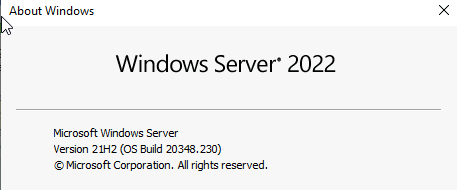
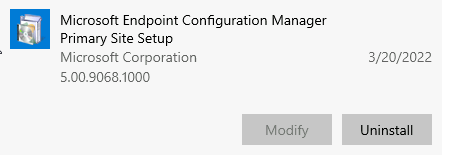
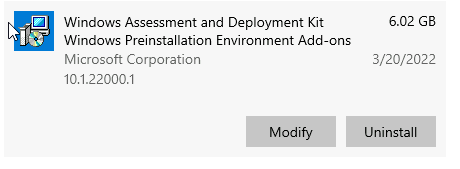
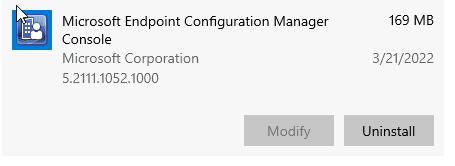
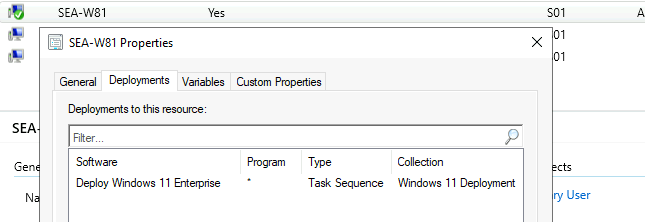
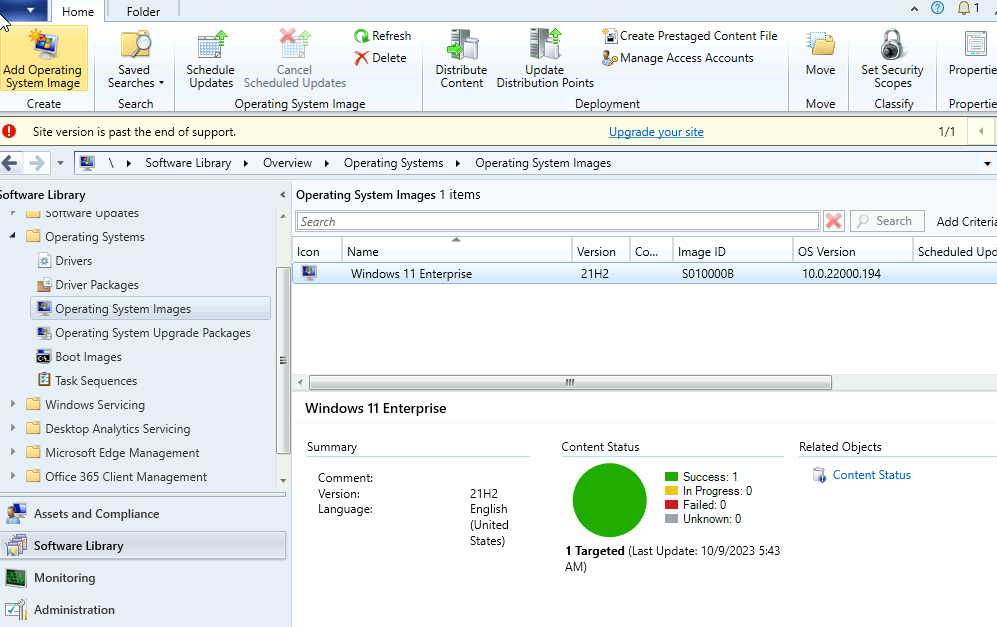
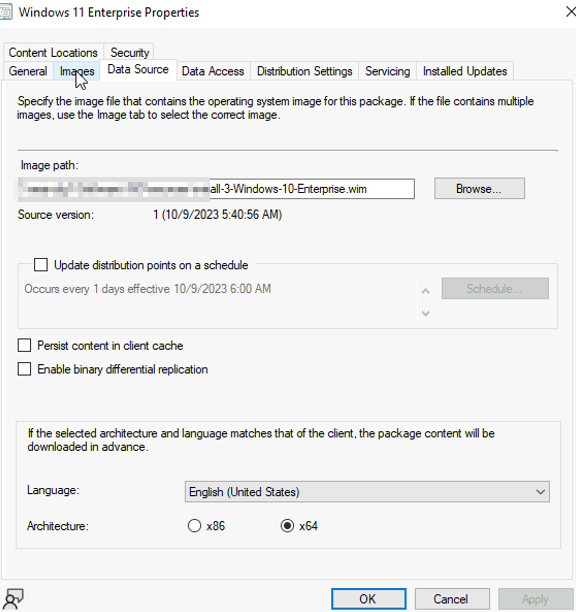
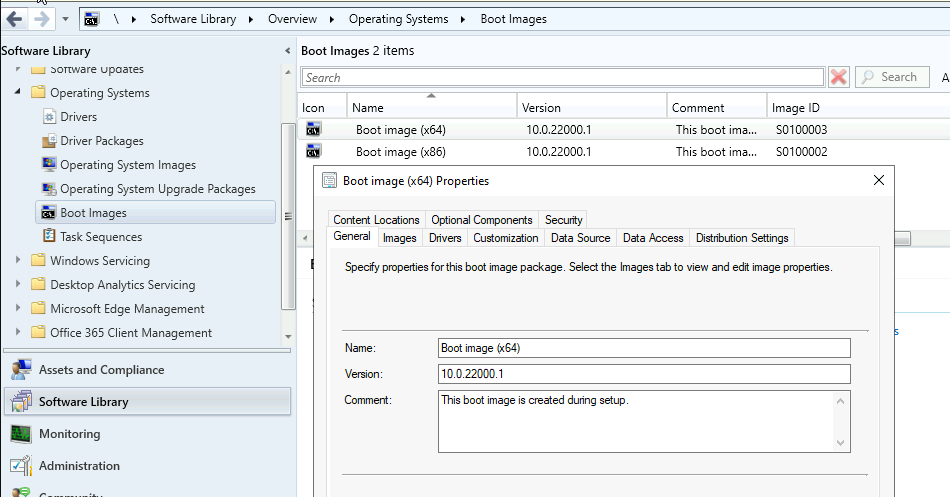
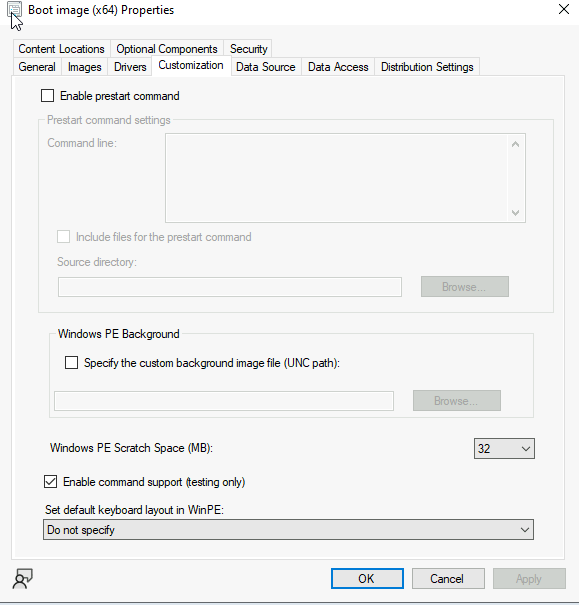
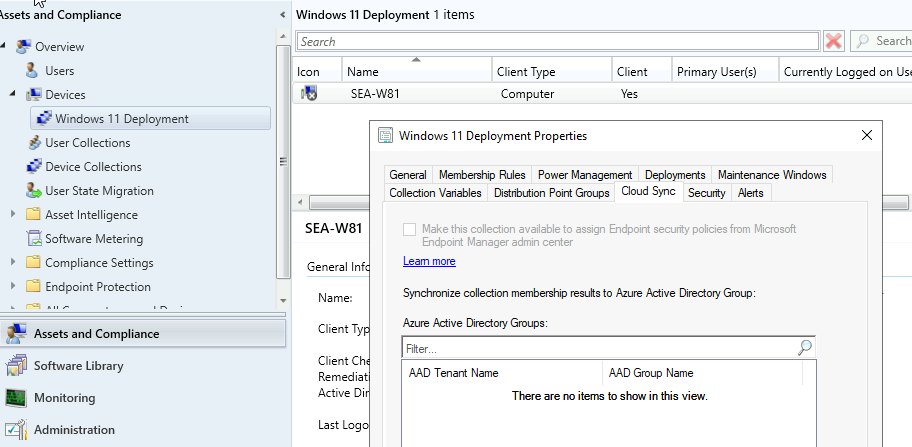
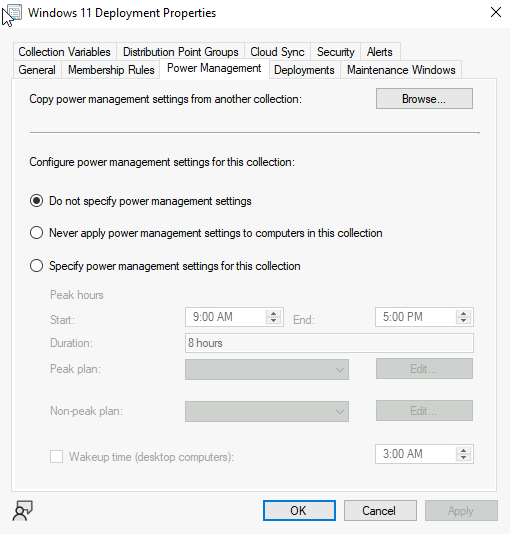
Client side:
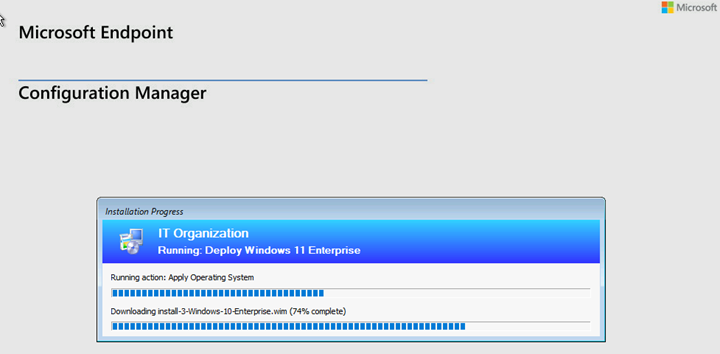
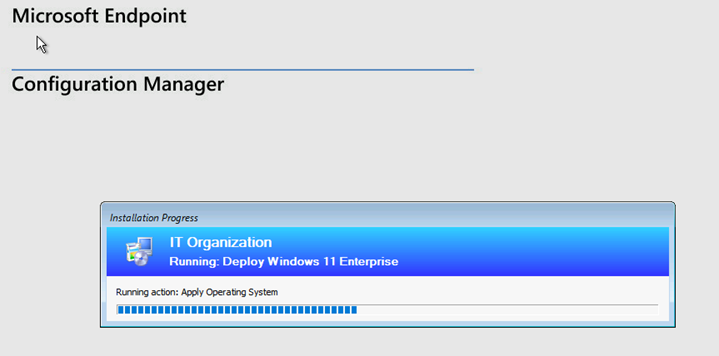
|
|
|
|
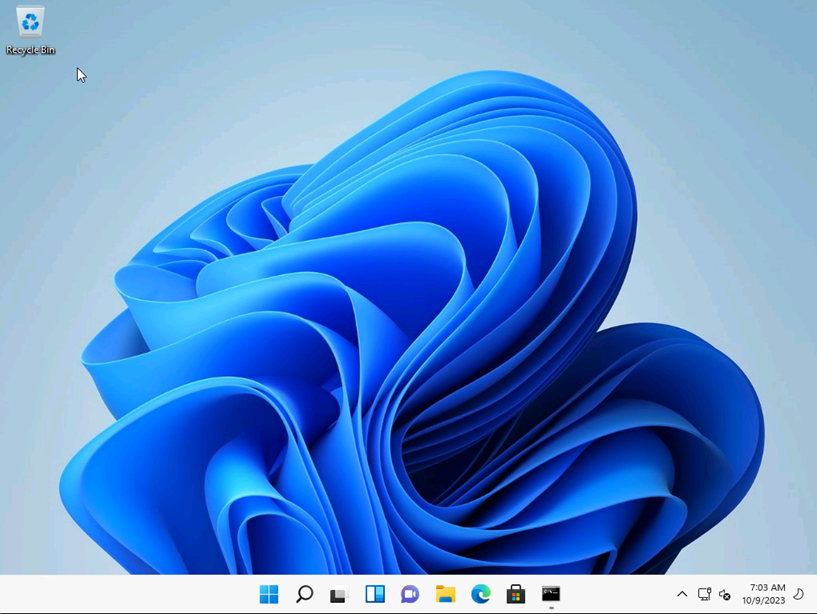
Cloud Attach: Bridging SCCM and Intune
The advent of Cloud Attach is a game-changer in the realm of SCCM, seamlessly bridging the on-premises SCCM solution with the expansive cloud ecosystem of Microsoft M365 and Intune. This transformative feature simplifies the integration process with just a few clicks, offering a streamlined and efficient way to connect SCCM to Intune.
The key advantage lies in the ability to extend the reach of SCCM into the cloud, creating a unified management experience. With Cloud Attach, SCCM gains the capability to manage devices not only within the traditional on-premises infrastructure but also those that roam in the cloud. This paves the way for a more flexible and scalable management approach, aligning with the evolving needs of modern IT environments.
The integration with Intune is particularly noteworthy. Cloud Attach enables a seamless connection between SCCM and Intune, allowing for the co-management of devices. This integration brings forth a harmonious collaboration where SCCM retains its strength in managing on-premises devices, while Intune steps in to manage devices in the cloud. The result is a cohesive management framework that spans across both on-premises and cloud environments.
The process of connecting SCCM to Intune through Cloud Attach is designed with user-friendliness in mind. With just a few clicks and minimal configuration steps, organizations can establish a robust connection. This simplicity ensures that even those less familiar with intricate deployment processes can navigate and implement the integration effortlessly.
In summary, Cloud Attach emerges as a pivotal feature in SCCM, serving as the conduit that effortlessly connects on-premises SCCM to the dynamic cloud environment of Intune and Microsoft 365. Its simplicity in execution and powerful implications in device management make it a standout element for organizations seeking a unified and comprehensive approach to IT management.
Read more here at MS:
https://learn.microsoft.com/en-us/mem/configmgr/cloud-attach/overview
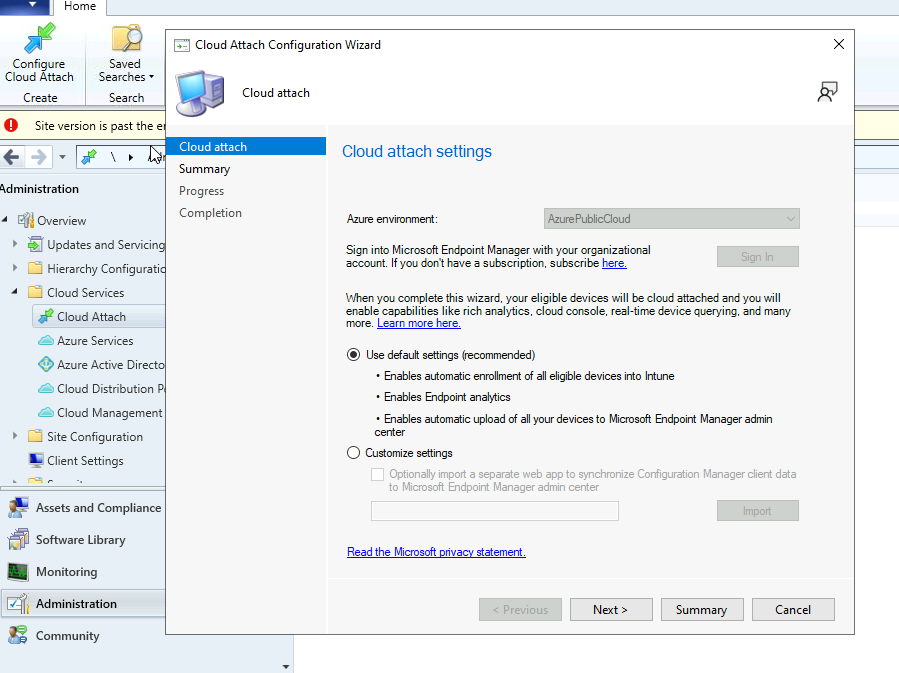
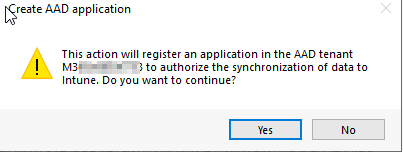
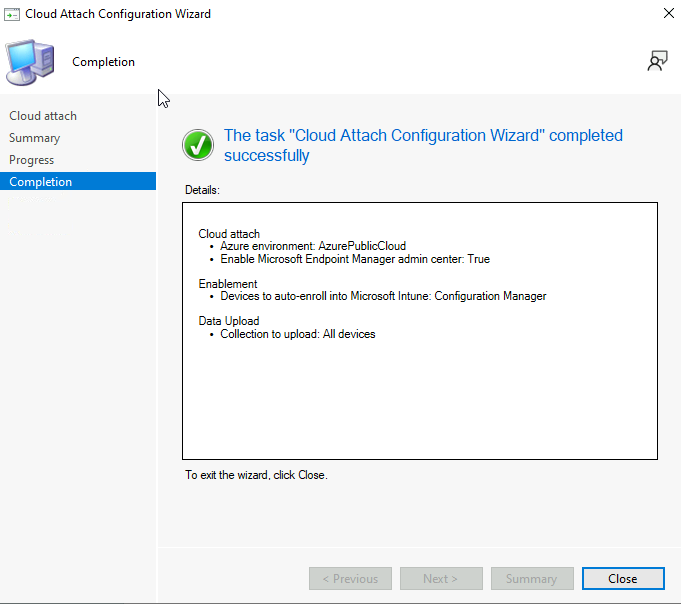
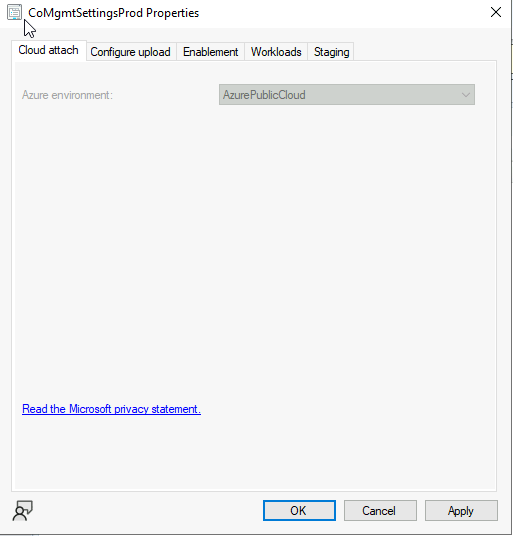
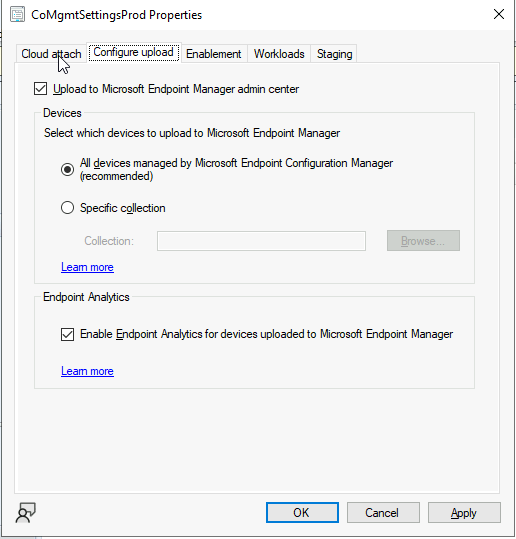
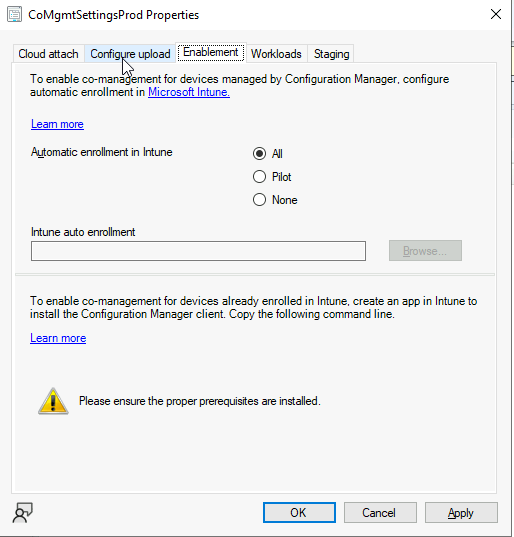
These are the settings which are foten used wrong and mentioned in Support question or Intunes Forums.
Upon initiating co-management of devices, you gain the ability to designate specific workloads for migration, such as compliance policies to facilitate Conditional Access. Conditional Access provides meticulous control over organizational data, all the while ensuring a uniform user experience irrespective of the device’s location. The enforcement of compliance policies through Intune constitutes a pivotal component in constructing your Zero Trust architecture. Furthermore, leveraging Windows Autopilot in conjunction with co-management simplifies the intricate procedure of provisioning devices from the cloud.
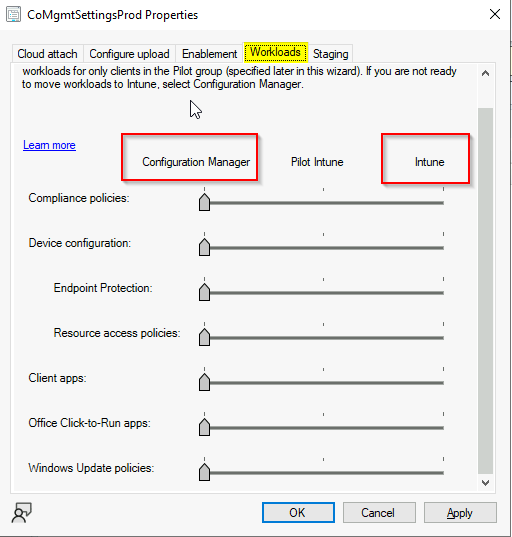
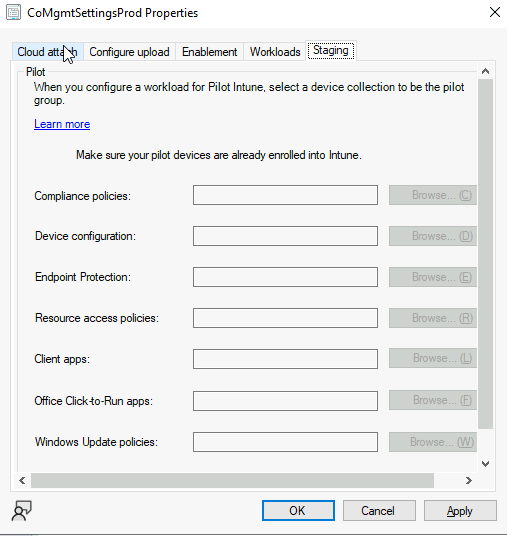
If you don’t change anything after some time all Computer Objects will show UP in M365 under Intunes Devices.
You can see by “Managed by” and “CONFIGMGR” that the object is MAINLY handeld by SCCM on-premises.
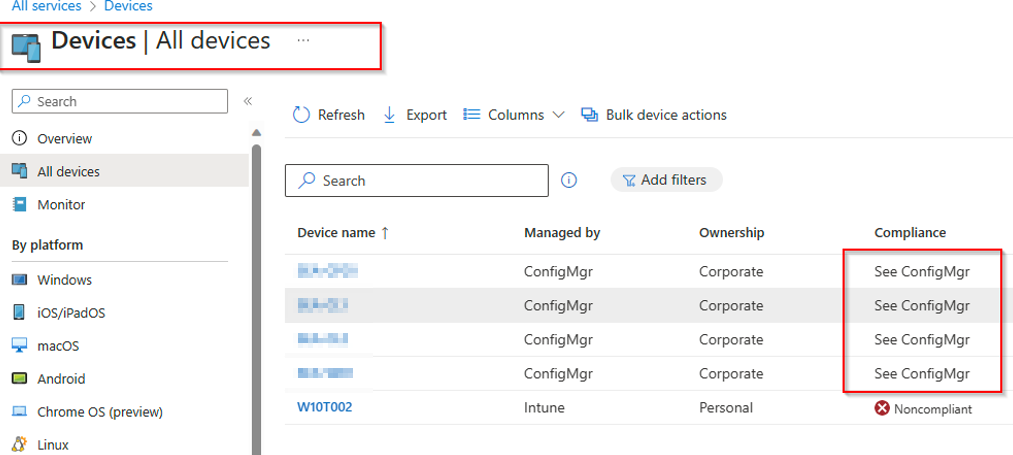
https://learn.microsoft.com/en-us/mem/configmgr/cloud-attach/overview
Benefits of Cloud Attaching Configuration Manager with Intune:
Enhanced Security:
Cloud attaching Configuration Manager with Intune elevates your organization’s device management security. Intune’s cloud-powered security features, including Conditional Access, Azure AD authentication, and threat detection, synergize with Configuration Manager’s robust endpoint protection, compliance settings, and software updates. This collaboration fortifies your devices against emerging threats and vulnerabilities.
Modern Management:
By cloud attaching Configuration Manager with Intune, you unlock the realm of modern management for your organization’s devices. Intune facilitates cloud-based management of Windows, macOS, iOS, and Android devices, delivering a unified and consistent management experience across diverse platforms. Modern management features, such as zero-touch provisioning, remote device management, app deployment, and device enrollment, simplify the task of managing devices from any location and at any time.
Simplified Device Management:
Cloud attaching Configuration Manager with Intune streamlines the device management experience. The cloud-based Intune console allows you to manage devices without the intricacies of on-premises infrastructure. This translates to reduced maintenance efforts, simplified administration, and improved scalability, particularly advantageous for large or geographically dispersed organizations.
Greater Flexibility and Agility:
Configuration Manager cloud attach empowers your organization with the scalability and flexibility of the cloud, adapting seamlessly to evolving business needs. Intune enables dynamic assignment of policies, apps, and settings to devices based on user groups, device location, or other criteria, facilitating real-time adjustments to your device management strategy. This agility ensures a prompt response to changing business requirements, such as remote work scenarios or evolving compliance regulations.
Comprehensive Device Lifecycle Management:
Cloud attaching Configuration Manager with Intune delivers end-to-end device lifecycle management. From provisioning to retirement, you can seamlessly oversee the entire device lifecycle. Intune automates device enrollment, configuration, app deployment, compliance settings, and device retirement, ensuring efficient device management throughout their lifecycle. This comprehensive approach enhances organizational efficiency and ensures devices are effectively managed at every stage.


 Click on the Category button to get more articles regarding that product.
Click on the Category button to get more articles regarding that product.
